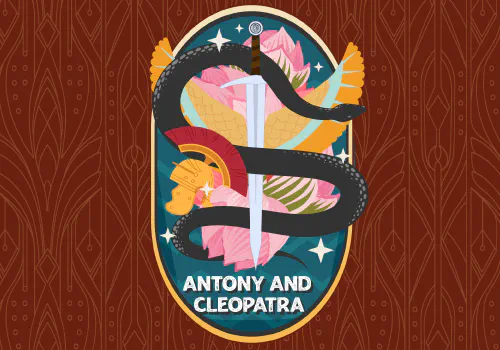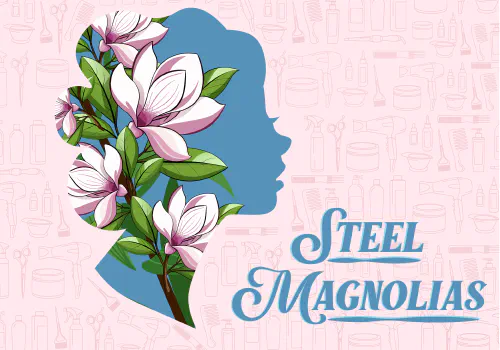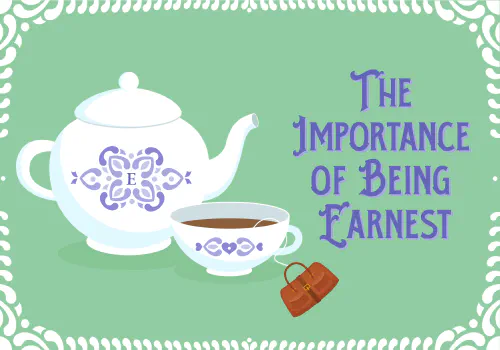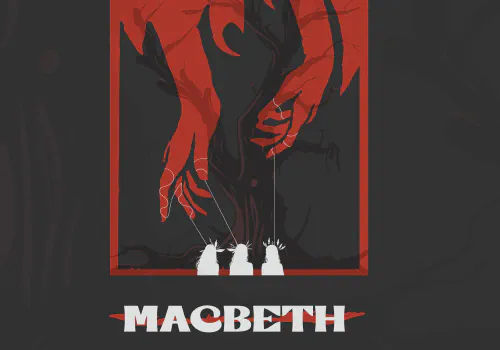A Midsummer Night’s Dream: 10 Interesting Tidbits About the Play
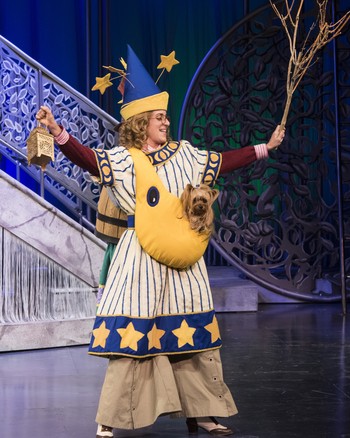
By Marlo Ihler
As one of Shakespeare’s most popular and beloved comedies, A Midsummer Night’s Dream is filled with rich elements from folklore, literature, nature, mythology, and the supernatural. It tells of the whims, desires, and impulses of love, both mortal and fantastical. Visit our Study Guide for the synopsis and list of characters, if you need some additional background. Now enjoy some fun facts about the play as you prepare for your visit this season:
- The forest in many of Shakespeare’s works, including A Midsummer Night’s Dream, is considered a place of transformation, symbolism, or relief from rigid order. In this play the lovers run away from restrictive Athenian customs to hide in the forest, find themselves entangled in a supernatural and chaotic experience, and emerge changed and renewed.
- So what is a changeling child anyway? Titania, the Fairy Queen, is trying to protect a changeling boy from her jealous husband Oberon, the Fairy King, who wants him for his court. According to English fairy lore, a changeling is a fairy who was left in the place of a child that was taken. It can also be a child that was taken by fairies during their infancy. Although the changeling child in this play isn’t a speaking role and in some productions isn’t even seen on stage, he is pivotal to the plot. Shakespeare also uses references to this lore in A Winter’s Tale and Henry IV Part One.
- The Roman poet Ovid’s epic poem Metamorphoses was a primary source of inspiration for A Midsummer Night’s Dream. Other sources of inspiration were Plutarch’s Lives of the Noble Grecians and Romans and Chaucer’s The Canterbury Tales.
- Speaking of Ovid’s Metamorphoses, some scholars believe that Shakespeare used the “rude Mechanicals” characters––the six skilled laborers who aspire to be actors but are not very good at it––as a way to mock the clumsy and inept translation of Metamorphoses from Latin to English by Arthur Golding in 1567.
- As for the Mechanicals, near the end of the show they perform their play-within-the-play, The Most Lamentable Comedy and Most Cruel Death of Pyramus and Thisbe. It is a parody of the experiences the lovers had in the forest the night before, except that the lovers obviously survived their ordeal to laugh about it on their shared wedding day.
- Audiences during Shakespeare’s time were used to the patterns of Roman comedy, such as stock characters, slapstick gags, a clever slave, and plots focusing on domestic issues. A Midsummer Night’s Dream introduced the use of fairies, magic, unexpected and uncontrollable events, and desire-induced chaos while also giving glimpses of familiar Roman comedy character types.
- The love potion from the magical flower used by Puck is one of Shakespeare’s most famous. It is supposedly made from a wild pansy called ‘love-in-idleness’, which ironically, is how the characters affected by the love potion behave.
- One of the reasons this play is significant is because it was one of the first during Shakespeare’s time to pull away from the idea of religious topics and values, which writers and poets during his time were expected to highlight. He explored the ideas of places beyond reality that are transformed by magic, enchantment, and the supernatural.
- Puck––or Robin Goodfellow or Hobgoblin––is based on a mischievous brownie-like sprite taken from English folklore or the púca from Celtic mythology.
- This popular story has been adapted and produced as operas, lavish pageants, ballets, films, and a television series.
- BONUS - The Festival’s production during the 2023 season will be the eleventh time we’ve done this show in our 62 year history!




